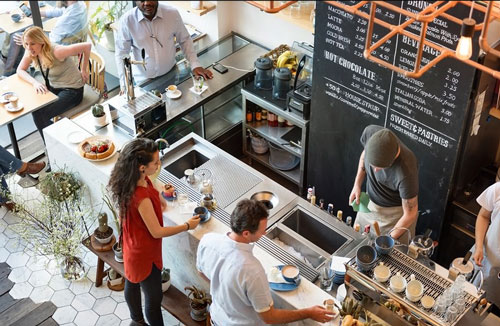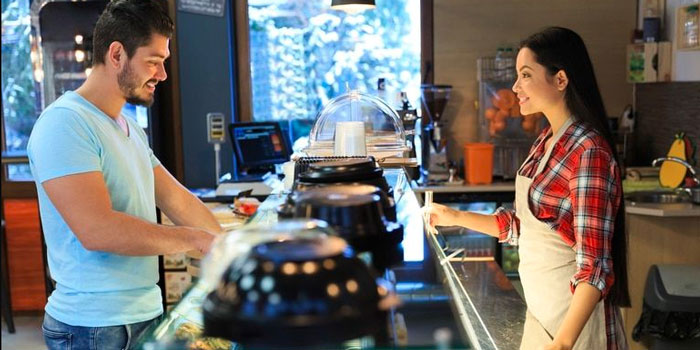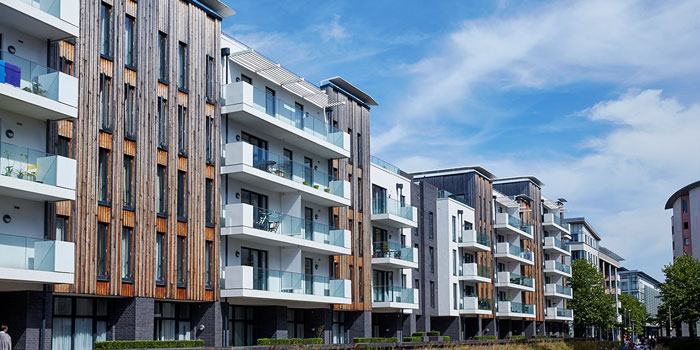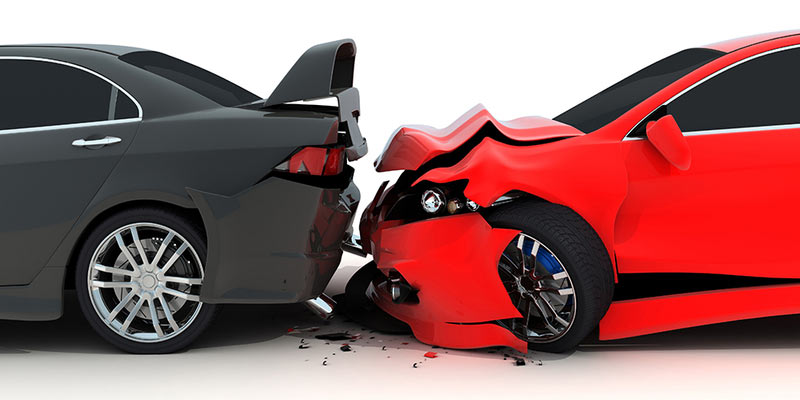If you've been wondering what the difference is between fast-food and fast-casual restaurants, you're not the only one. These two company concepts are comparable in terms of their appearance and operations. On the other hand, there are significant distinctions between the two. Consumers turn to fast-food giants like McDonald's and KFC for a quick dinner at a low price. However, they choose fast-casual dining for the quickness of QSR food but the standard of an FSR meal.
The COVID-19 epidemic, on the other hand, has made it difficult to differentiate between these different QSR models. Fast food restaurants have traditionally been recognized for their drive-thrus, whereas fast-casual eateries have been known for their online ordering options. Now, these two fast-service restaurant concepts are giving their consumers a choice between two handy alternatives. This blog explains Fast-Casual vs. Fast-Food: What's the Difference?
Fast Casual versus Fast Food: An Overview
When you picture fast food outlets, the first things that undoubtedly come to mind are well-known companies such as McDonald's, KFC, and Taco Bell. They place emphasis on eating outside the premises and often provide drive-thrus. They prioritize speed and cost savings almost always above quality. Their menus are often straightforward and do not provide as many individualized dining options as those of fast-casual eateries. On the other hand, examples of restaurants that fall within the category of "fast-casual" are Chipotle, Panera, and Sweetgreen. The primary characteristics that set them apart from competitors are a premium price level in return for a higher-quality cuisine, an increased number of customization options, and an improved eating experience on the premises.
Features of Fast Food Restaurant
The following are the primary aspects that make up the fast-food understanding:
Self-Service:
The consumer is given a great deal of autonomy over the service they get in fast-service restaurants, which are otherwise known as "fast food." Customers at fast-food restaurants are responsible for everything, including making orders and collecting their meals, with the exception of actually preparing the food themselves.
Limited On-Premise Dining:
Because the food is meant to be eaten quickly or taken away for consumption at a later time, fast food restaurants often do not feature spacious or elaborately furnished dining rooms.
Simple Menus:
In order to maximize output, fast food companies prioritize serving dishes that are simple and straightforward to prepare.
Alcohol Should Not Be Served:
Although it is less common for fast food outlets to provide alcohol than it is for fast-casual restaurants, Taco Bell is beginning to serve alcoholic beverages at certain of its locations.
Drive-Thru:
Drive-thru ordering is available at many fast-food businesses, providing additional customer convenience.
Open Late:
Typical hours of operation for fast food restaurants include being open extremely late and even around the clock.
Consistency:
The customer experience at fast-food restaurants should be consistent no matter where you go. For example, the flavor of a Big Mac in NYC is exactly the same as the flavor of a Big Mac in Italia.
Fast Casual Restaurants

In light of the fact that you are now an authority on fast food outlets, let's discuss what differentiates quick casual dining from fast food restaurants so that you can make an informed decision.
Features of a Fast-Casual Restaurant
The following are some of the distinguishing characteristics of fast-casual outlets:
Self-Service or Limited Service Options Are Available:
Self-service is the sole option in fast-food restaurants; however, certain fast-casual eateries also provide limited service, which entails bringing the consumer's meal to their table.
Dining In is emphasized
Consumers of fast-casual restaurants often eat considerably more frequently than customers of fast-food restaurants, even if fast-casual restaurants provide meals to go. As a result, fast-casual restaurants devote greater effort to creating an inviting atmosphere inside their dining rooms. For instance, the majority of Chipotle dining areas are decked up with pieces of art made of wood and metal that are based on Mayan symbolism.
Superior Cuisine In Terms Of Quality:
Consumers at fast-casual dining establishments have greater expectations for the quality of the ingredients, and they are ready to spend more to get them. Dinner at a fast-casual restaurant is more expensive than lunch at a fast-food eatery but less expensive than lunch at an FSR. The typical bill at a fast-casual cafe is $13, compared to about $5 at a fast-food establishment.
Options for Composing Your Own Meals:
The fast-casual trend strongly emphasizes the individualizedization of the food. Customers are able to see the restaurant's ingredients in buffet-style presentation cases at restaurants such as Chipotle &'' Sweetgreen. This brings the kitchen to the dining room. Customers can select pre-made mixtures from the cuisine or point to the components they want to be included in their cuisine.
Some Restaurants Sell Alcoholic Beverages:
The availability of alcoholic drinks is becoming more common at fast-casual dining establishments. For instance, you can get a margarita at fifty percent of Chipotle's locations.
The Emphasis Is On The Layout:
The atmosphere of fast-casual dining establishments is frequently posh, one-of-a-kind, or highly developed. Because of the increased focus on eating on the premises, branding, and design have become more significant.
There Is Often No Drive-Through:
In general, fast-casual restaurants do not feature drive-thru windows; however, this rule has occasional exceptions. This is in contrast to fast-food restaurants. However, in response to some of the dietary restrictions brought on by the COVID-19 epidemic, an increasing number of fast-casual restaurants are installing drive-through ordering systems.
Not open 24/7
Fast-casual dining establishments do not often have regular business hours throughout the clock.
The Bottom Line
The hospitality business as a whole, in addition to the many categories of eateries within it, is continuously adapting. Although fast-service restaurants could be the genesis of the QSR idea, fast-casual dining establishments are making significant headway in this market. It doesn't matter what kind of service model you provide at your restaurant at the moment or what kind of service model you decide to offer in the future; you'll need technology to keep things running smoothly.




